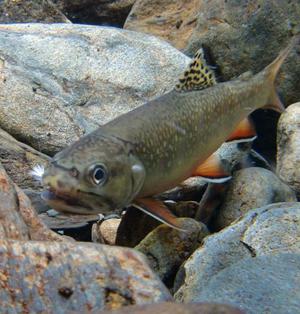
Now in the summer with water temperatures dangerously high, it is a good time to remind us to be careful when catching and releasing trout. Here is as good a set of instructions that I have ever seen. Reprinted from Hatches Magazine.
How to Release Trout to Maximize Survival
Tips are specifically for trout, but apply to all fish.
- Use flies and artificial lures to reduce hook mortality.
- Use single, barbless hooks to maximize C&R survival and minimize tissue damage.
- Subdue your fish as quickly as possible.
- Be ready to unhook fish with necessary tools before bringing it to hand.
- When possible, slide your hand down the line and grab the hook and turn it upside down.
- Always wet your hands before handling fish to minimize loss of slime.
- Handle fish carefully! Don’t squeeze them! Cradle trout like an egg or baby bird. Always support the middle section with the palm of your hand.
- Don’t lay trout on the ground – this can damage their internal organs.
- Never touch the gills or eyes.
- Only use rubber or cotton nets, avoid nylon nets with knots.
- Use hooks that rust quickly, never use stainless steel hooks.
- Keep exposure to air at a minimum, less than a total of 20 seconds.
- NEVER TEAR A HOOK OUT OF A FISH!
- Take pictures of the fish in the water (see www.catchphotorelease.com).
- Always hold fish horizontally, never vertically.
- Gently hold fish in the current and allow it time to resuscitate. An erect dorsal fin indicates the fish is recharged.
- Watch the fish as it swims away. If it falters, repeat the resuscitation process.
Monitor water temperatures on the stretches that you fish. Sustained water temps of 70 degrees or above mean that trout will not survive a release, either keep or, better yet, fish another stretch. (Go towww.70degreepledge.org to learn more.)





